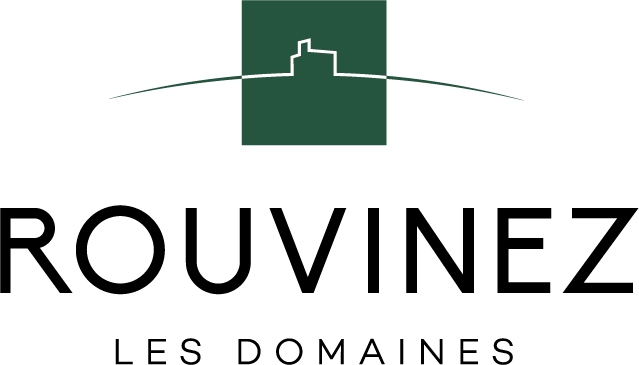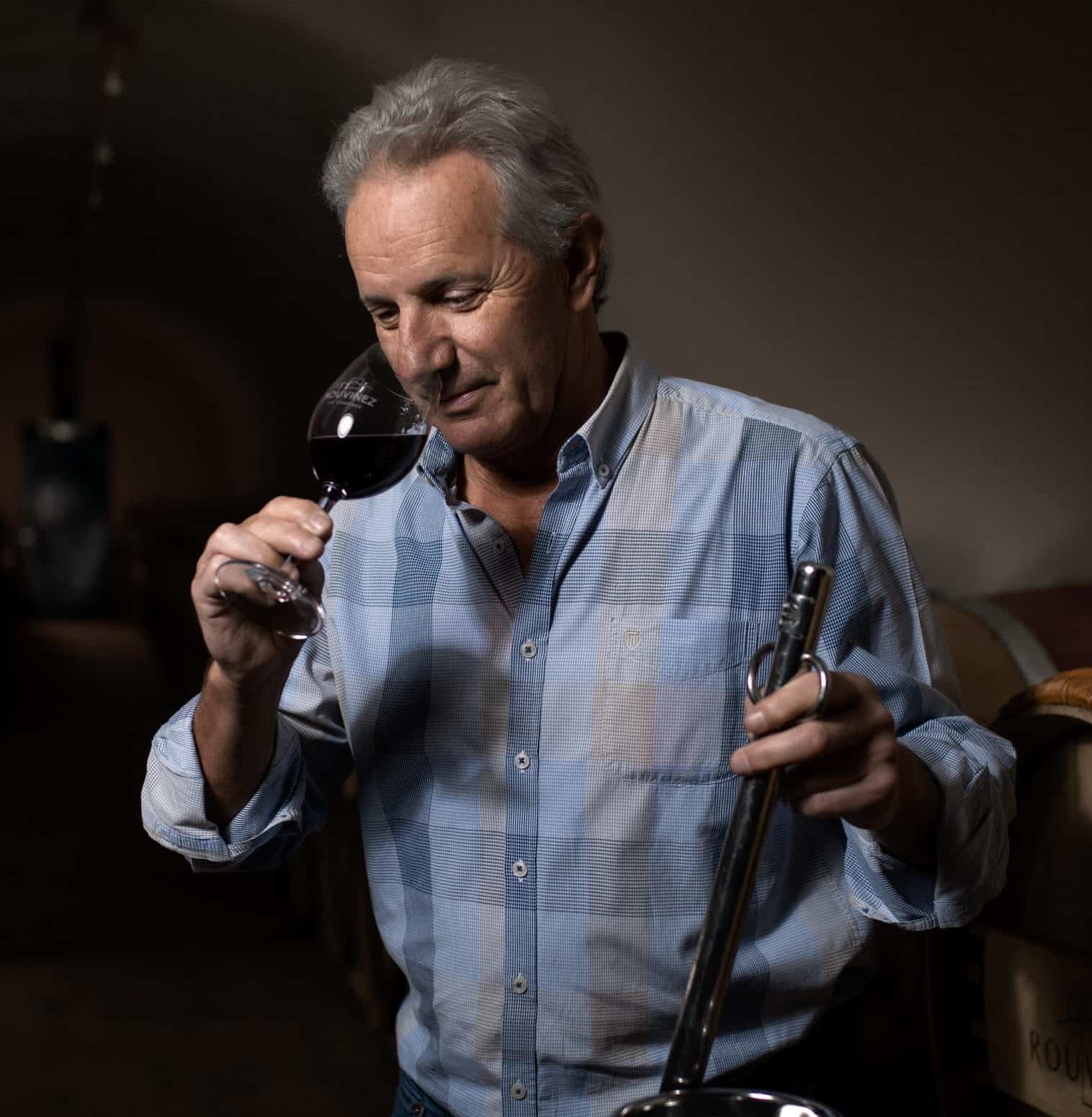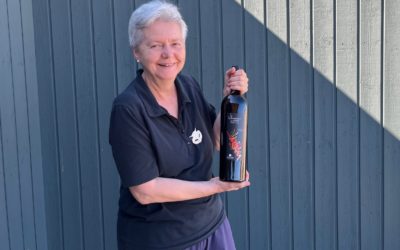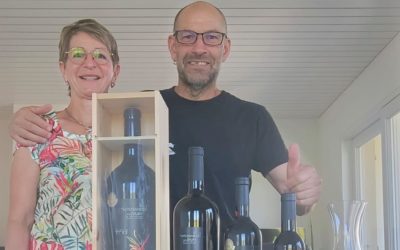40th vintage
Le Tourmentin: Four decades of excellence
Together, let’s celebrate four decades of tradition, innovation and expertise
with the 40th vintage of our Tourmentin.
Dominique Rouvinez
Oenologist and creator of Tourmentin
‘Tourmentin is much more than a wine, it’s a bold adventure, a passion and a family history that we share with every bottle.’
40 years of Tourmentin
Since 1983, Tourmentin has embodied the soul and tradition of Domaines Rouvinez. Discover all the secrets of its history.
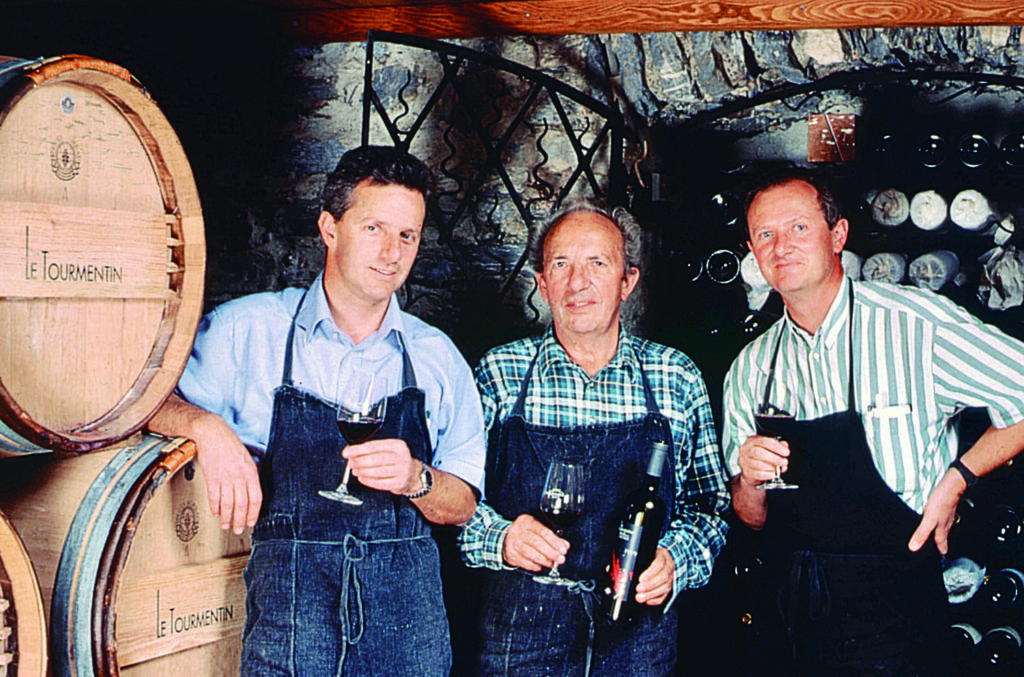
Dominique, Bernard and Jean-Bernard Rouvinez
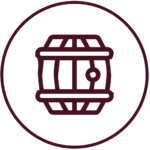
A daring creation
In 1983, the Rouvinez brothers had a bold vision that would go down in the history of Valais winegrowing: to create a wine aged in oak barrels, at a time when no one else was doing so. Dominique Rouvinez took a course in oenology in Bordeaux to learn the basics of vinification in oak barrels, and brought ten barrels from Burgundy back to Sierre. And so the wonderful adventure of Le Tourmentin began…
After twelve months of ageing, Le Tourmentin is born, distinguished by its finesse, elegance and power. Initially made from Pinot Noir, Cornalin, Humagne Rouge and Syrah were added in 1988. Tourmentin became one of the first Valais barrel blends, revolutionising the world of local wines.

The spark of the name
The first vintage of Tourmentin, made from low-yielding old Pinot Noir vines, needed a name as unique as its taste. So the Rouvinez brothers launched a competition. In the end, Jean-Michel Borel, owner of Roth & Sauter, won the prize for originality. Inspired by the ‘torments’ of the effervescent vats at Géronde, he came up with the name ‘Le Tourmentin’. The name was adopted and the trademark registered in Bern.

AOC: a revolution
In 1991, the introduction of the AOC in the Valais left out blends such as Tourmentin. As there was no legal provision to protect wines made from several grape varieties, Tourmentin was excluded from the Appellation for three years. Ironically, Tourmentin, whose grapes are classified as AOC, cannot claim this AOC. The legislation was finally amended to include blends, restoring Tourmentin’s deserved prestige.
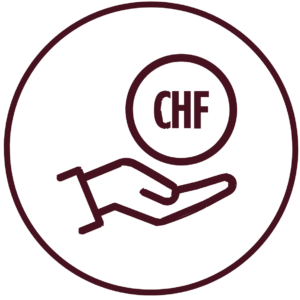
A price that disappoints
At the end of the 1980s, a bottle of red wine in the Valais cost around 12 francs. The Tourmentin, priced at 25 francs, caused a sensation. However, this wine, which required much longer and more meticulous ageing, quickly established itself on the best tables in the country. Today, priced at 33.80 francs, Tourmentin remains a must for lovers of fine wines.
From 21 August to 30 September you can find it at the same price as 40 years ago!
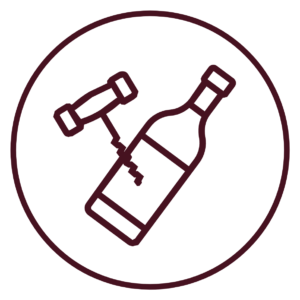
Elegance in a bottle
For a wine as refined as Tourmentin, you need a bottle that does justice to its contents. The Rouvinez brothers have innovated once again by choosing a Bordeaux ‘Elite’ bottle, a first in Switzerland. This elegant, futuristic design required a few technical adjustments during the bottling process, which was not suited to this type of bottle. But these major challenges didn’t stop the Rouvinez brothers!
2022
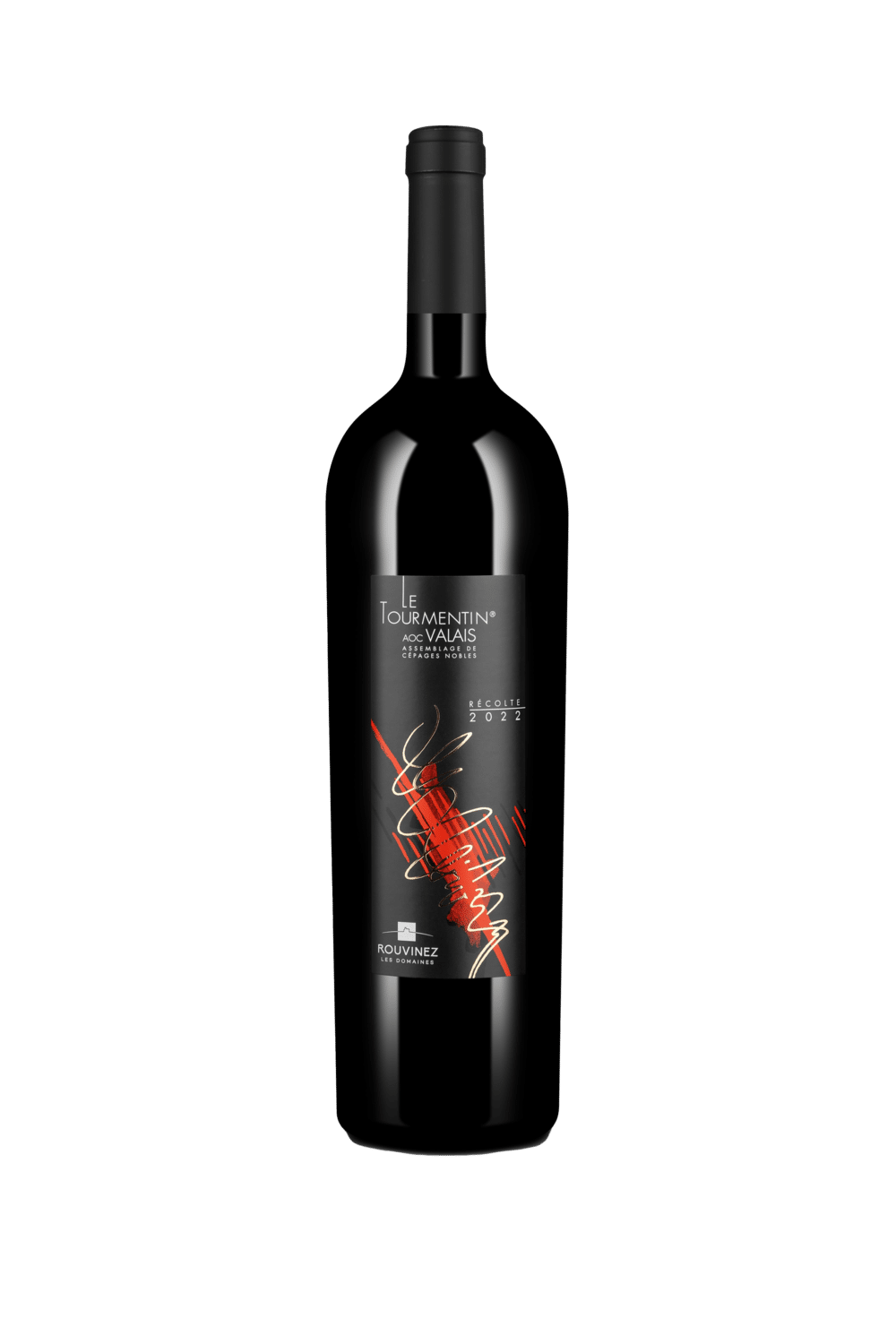
Tasting
A powerful red wine with black fruit aromas and spicy notes.
AOC Valais
Pinot Noir, Cornalin, Humagne Rouge and Syrah
Aged 1 year in barrel
Shelf life: 4 to 10 years
Red colour with blackish tints, precious essences exalting aromas of spices, candied cherry and ripe prune.
Rich on the palate, discreetly woody, with flavours reminiscent of cloves and blackcurrants.
Tasty meats, grilled beef and lamb, game birds and fur, semi-hard cheeses.
What Our Ambassadors Say
Denise Guillod in Zürich (ZH)
A milestone anniversary
In 1985 Denise Guillod tasted Tourmentin for the first time. She was celebrating her thirtieth birthday at the time and it was her father who introduced her to “this new wine from the Valais”. At the time, the wine was made exclusively from Pinot Noir…
Famille Grob in Bettwiesen (TG)
A family united by rail and Tourmentin
The Grob family’s passion for Tourmentin goes back several decades. In this Thurgau family, whose mother Maryse is originally from the canton of Neuchâtel, all three generations enjoy this wine,…
Anne Wolfer and Nicolas Weber in Porrentruy (JU)
When it comes to love, we don’t count the cost
To say that Anne and Nicolas love Tourmentin is an understatement. It’s more accurate to say that they have a real passion for this wine. The couple never miss an opportunity to come to the Valais to shop at the Domaines. Not only to…
The 40th Tourmentin vintage
Rediscover the emblematic Domaines Rouvinez assemblage

